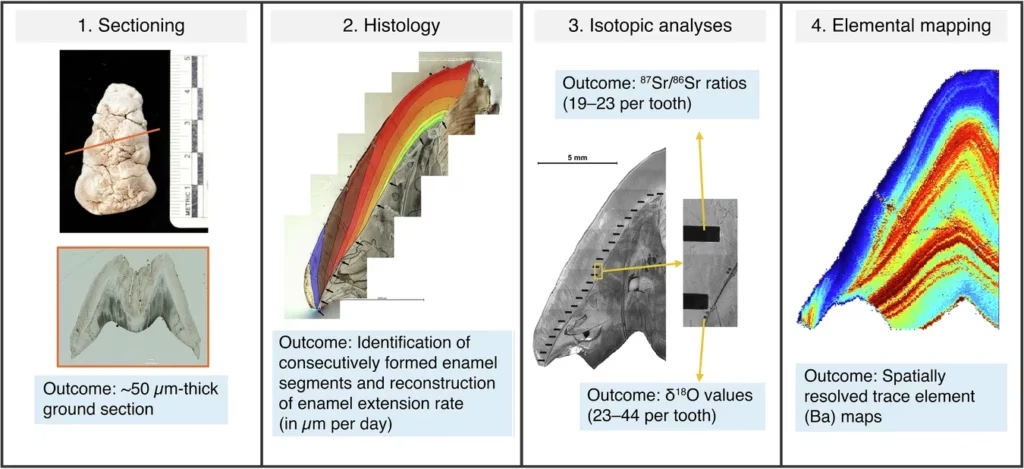A stunning discovery in the Zagros Mountains rewrites our understanding of prehistoric social life and long-distance gift exchange
A groundbreaking archaeological discovery in western Iran’s Zagros Mountains has revealed that prehistoric communities held elaborate communal feasts over 11,000 years ago—and even transported wild boars over 70 kilometers across rugged terrain to attend them.
Feasting Before Farming: A New Perspective on Prehistoric Societies
Until recently, large-scale feasting was believed to be exclusive to agricultural societies. However, new research from the Asiab site challenges this idea. Archaeologists uncovered the skulls of 19 wild boars buried together in a pit, bearing signs of butchery consistent with a communal event.
Led by Dr. Petra Vaiglova, a team of researchers used isotopic analysis of tooth enamel to determine that several of these animals were not local. Instead, they were brought from distant regions—demonstrating not only mobility but also symbolic gift-giving long before the rise of farming.
Tooth Enamel Tells a Story of Travel
Just like counting tree rings, the scientists analyzed microscopic growth layers in the boars’ teeth to track environmental exposure over time. The variations confirmed that the animals originated from diverse ecological zones and were intentionally brought to Asiab—likely as meaningful contributions to the feast.
“Much like bringing a regional wine to a dinner party today, these animals were probably gifted to mark social ties and celebrate shared identity,” explained Vaiglova.
Gift-Giving and Social Bonds in the Stone Age
This behavior suggests that reciprocity and social cohesion were already essential parts of human interaction during the pre-agricultural period. Sharing food from distant places could have been a powerful gesture, reinforcing alliances and cultural identity.

Though similar feasting behavior has been seen at Stonehenge—where pigs were brought from across Britain—the Asiab site predates it and is the first known example of long-distance food transport in a pre-farming society in the Near East.
Asiab Discovery Redefines Ancient Community Life
The findings show that ancient humans were capable of organizing complex social events, including symbolic exchanges and coordinated logistics, much earlier than previously thought. These gatherings likely played a crucial role in shaping the foundations of community, ritual, and eventually, agriculture.
From Boar to Brie: Food as a Cultural Connector
Whether it’s crocodile jerky in Australia or French cheese at a celebration, food remains a universal expression of culture and connection. And now, thanks to the wild boars of prehistoric Iran, we know this tradition stretches far deeper into human history than we imagined.
Vaiglova, P., Kierdorf, H., Witzel, C. et al. Transport of animals underpinned ritual feasting at the onset of the Neolithic in southwestern Asia. Commun Earth Environ 6, 519 (2025). https://doi.org/10.1038/s43247-025-02501-z
This edited article is republished from The Conversation under a Creative Commons license. Read the original article.
Cover Image Credit: Artistic reconstruction of early humans transporting a wild boar across rugged terrain to a communal feast in ancient Iran. (Illustration by Kathryn Killackey)





